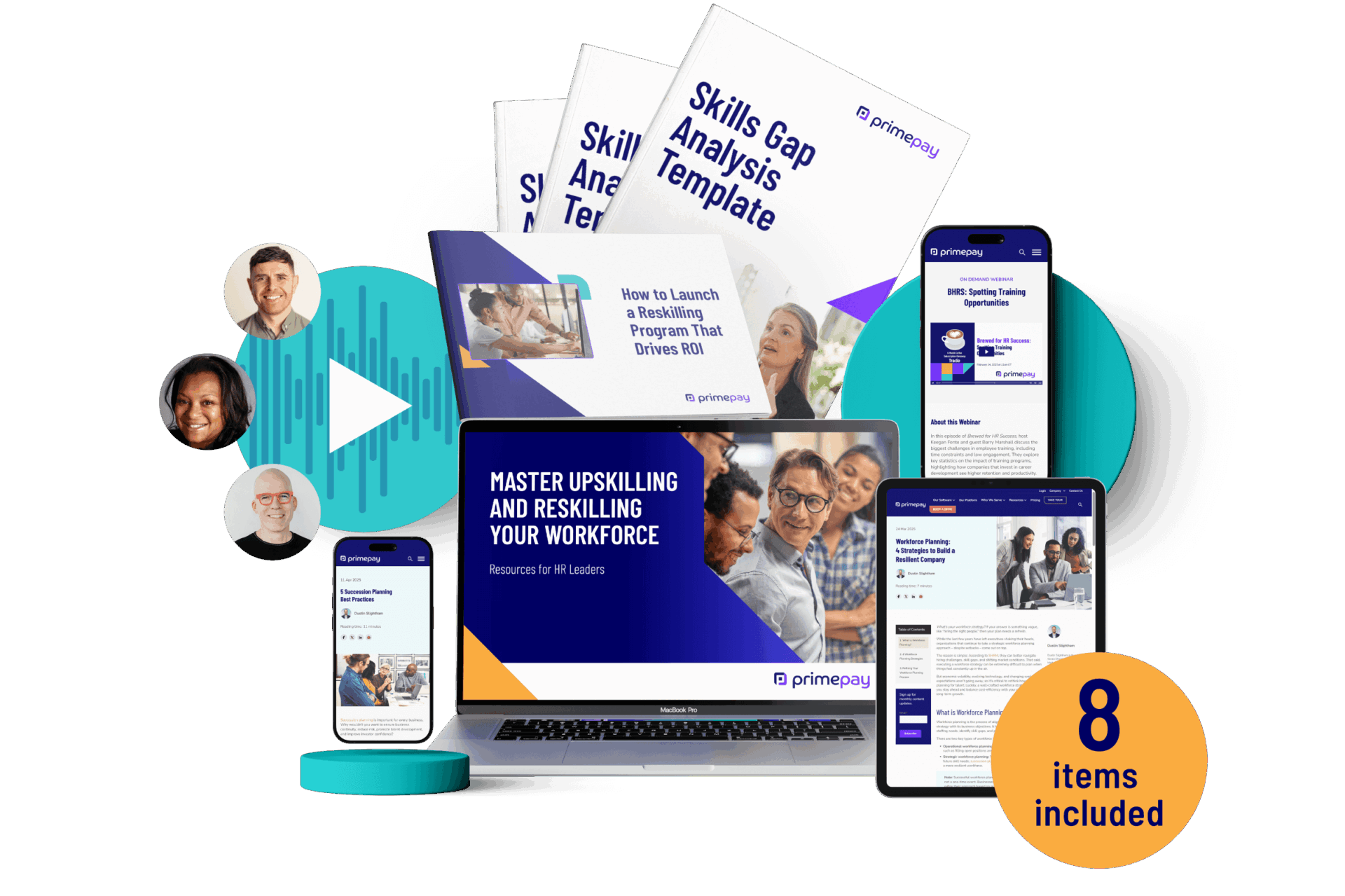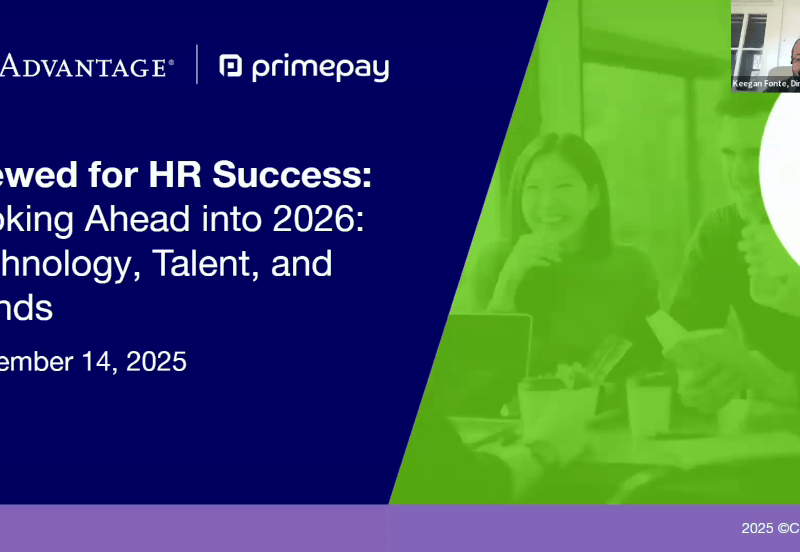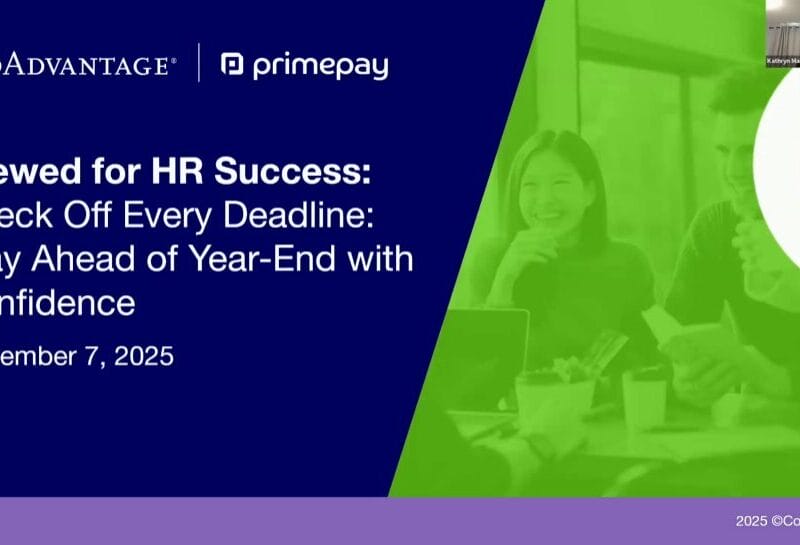It’s a well-known fact that high turnover rates are detrimental to an organization. Besides causing financial strain to hire and train new employees, consistent turnover also causes a ripple effect of concern (at best) within remaining teams.
But while leaders understand the consequences of attrition, many also largely ignore indications of future voluntary turnover – or don’t even have processes in place to monitor those warning signs.
Below is an in-depth guide with strategies from the frontline to help prevent voluntary turnover and create a company culture that motivates people to stay.
What is Voluntary Turnover?
Voluntary turnover occurs when employees choose to leave a company for their own reasons, such as better career opportunities, higher pay, or personal circumstances.
Sometimes, voluntary turnover happens sporadically or is caused by a global event (looking at you, Great Resignation). However, if your company consistently sees a high turnover rate, there are most likely organizational issues lurking beneath the surface.
It’s no surprise that high voluntary turnover can have serious consequences for organizations. Beyond losing institutional knowledge, it can also negatively impact team morale and productivity, disrupt workflows, and increase recruitment costs.
Voluntary Turnover vs. Involuntary Turnover
While voluntary turnover happens when employees choose to leave, involuntary turnover occurs when the employer makes the decision. Layoffs, downsizing, and terminations due to performance or misconduct all fall under involuntary turnover.
The key difference? Voluntary turnover is often preventable.
Luckily, employers can influence factors like employee engagement, career growth opportunities, and workplace culture to reduce the chances of losing valuable team members. However, Gallup reports that 42% of employees who left voluntarily in the past year said their manager or company could have done something to prevent them from leaving – shining a light on a huge misstep by organizations and room for growth.
In contrast, involuntary turnover, while sometimes necessary, can indicate issues like poor hiring practices or inadequate performance management if it happens too frequently. Both types of turnover come with costs, but voluntary turnover—especially among high performers—can leave lasting impacts on morale, productivity, and team dynamics.
First: Know Your Turnover Rate Data
Improving your employee experience is always a good idea, but smart leaders collect baseline data to track their programming success. While there are many HR metrics to track, two of the most important are turnover rate and turnover cost.
Calculate Turnover Rate
Turnover rate is a people metric that calculates the percentage of employees who leave your organization within a specific period, typically a year.

Calculate Turnover Cost
Turnover cost is the total expenses associated with an employee leaving your organization and being replaced. This includes direct costs such as recruitment, training, and onboarding of new hires, as well as indirect costs like lost productivity, decreased morale, and the time managers and HR teams spend in the hiring process.

Turnover By Reason and Tenure
You should get even more granular in your turnover data by running reports on turnover by reason and tenure. The best (and easiest) way to do so is within your HCM, which brings HR and payroll data together, ensuring data accuracy and consistency.
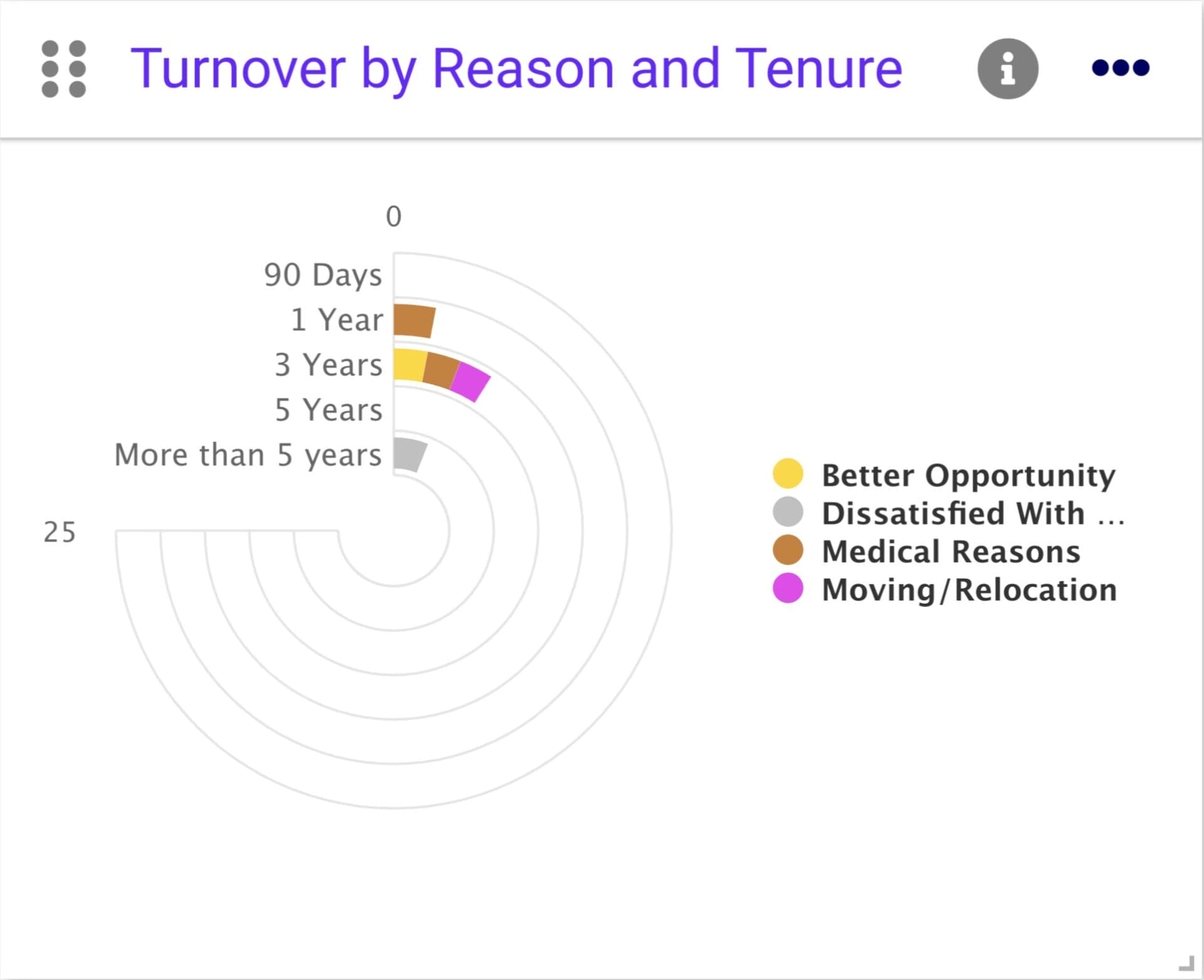
How to Mitigate Voluntary Turnover
No matter your company size, employee retention is a major indicator of your employee experience and helps you understand what’s working and what isn’t.
Below are nine strategies to combat voluntary turnover, all of which fit into three main categories: focusing on company culture, reviewing your compensation strategy, and encouraging career growth.
Company Culture
1. Lean Into Your Company Values
Building a culture that prioritizes inclusion, recognition, and collaboration should be a top priority for HR leaders. Besides the fact that it’s the right thing to do, Gallup reports that employees who feel connected to a company’s mission and values are less likely to leave.
Unfortunately, only 30% of employees feel connected to their company’s mission. The good news? You can double down on this initiative to stand out and provide a stellar employee experience.
Over at Aper, Head of People Guiliana Zara did just that: She aimed to ensure the company’s culture evolved alongside its growth. To achieve this, Aper integrated its core values into every aspect of the organization.
She explains: “We include the Aper values in every process that we launch or modify, that way it serves as the roots for everything we do (including feedback surveys, salary reviews, and onboarding). We also feature our values front and center during company-wide events like Town Halls and when we recognize our people’s achievements.”
And the results spoke for themselves. By implementing surveys to gauge employee experience initiatives, Zara’s team saw a remarkable 70% increase in their eNPS score from 2020 to 2021.
Pro Tip: Celebrate wins—big or small—through company-wide recognition programs, shoutouts, or appreciation events. To ensure the efficacy of your programming, regularly ask for feedback (through surveys, one-on-one meetings, or Town Halls), then act on the feedback to show employees their input matters.
2. Promote Trust in the Workplace
Employees are more likely to stay in environments where they feel psychologically safe. That vulnerability and open dialogue often starts with honest conversations between managers and employees.
The problem is that many organizations promote employees to people leader roles because they’re good at their job, not because they’re qualified to manage a team. Daniel Hooman of Agile Partners believes that an “executives first” mentality isn’t sufficient enough to provide support or close gaps.
Instead, he says that “the biggest growth opportunity is in ‘moving the middle,’ which is often managers. Evidence shows a strong correlation between training managers and employee engagement. Uplifting the capability of managers helps to align values and tremendously impacts company culture.”
Pro Tip: Train managers on active listening and empathy to help employees feel heard and supported. Leaders who acknowledge challenges and share their own experiences foster trust and loyalty. Additionally, managers should focus on being better communicators, motivators, and career advocates to create a culture of care.
3. Handle Offboarding with Care
You may feel a range of emotions when a valued employee turns in their two weeks, but terminations should always remain respectful and professional.
Two ways to offer the departing person a smooth transition – and help them feel valued until their last day – are:
- Offering a standardized offboarding process. Only 42% of HR leaders report that their offboarding process is standardized, meaning departing employees receive the same documents, processes, and exit surveys. These organizations position themselves a step above their peers since standardized processes make it easier to gather accurate data about employees’ positive and negative experiences. The result? Gaining insights to improve the employee lifecycle for the remaining team.
- Finalizing a transition plan. When an employee chooses to leave, it’s critical to realize that how you handle their departure impacts those who stay. Your other employees are watching not only how you treat the exiting employee but also how you support the remaining team. Make sure all work, ongoing projects, and processes are documented for the new hire, or, if you’re not backfilling, consider how the team will absorb the work without feeling overwhelmed.
Pro Tip: Categorize exit interview data into actionable themes and adjust policies accordingly. Look for patterns: Are people leaving due to a lack of career growth, poor management, or uncompetitive pay? Identifying trends allows you to fix systemic issues.
Compensation and Benefits
4. Ensure Pay is Fair and Equitable
Do you remember a few years ago when job offers included everything but the kitchen sink? It was a great tactic to attract candidates but a lousy way to retain top talent.
The issue? Many companies at the time didn’t adjust tenured employees’ salaries, so new hires came in earning more for the same role. It’s no surprise that many teams saw resentment build fast, leading to poor organizational health and high turnover rates.
Now that numerous cities and states have passed pay transparency laws, people are beginning to expect transparent salary bands, compensation conversations, and clear steps to the next level.
HR industry analyst Josh Bersin says, “Organizations that embrace pay equity not only align with societal expectations but also set themselves up for long-term success by fostering a culture of trust and fairness.”
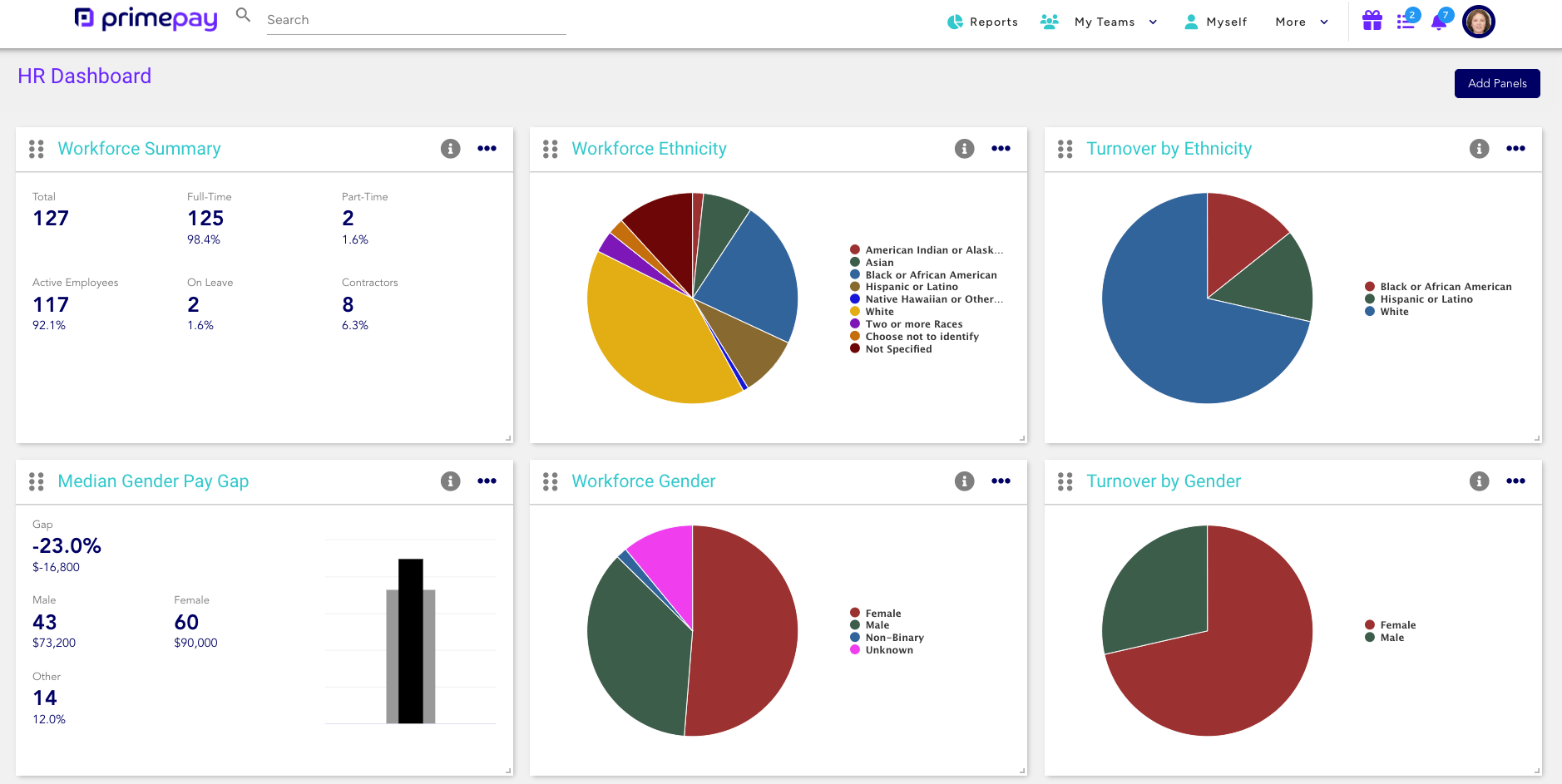
Pro Tip: Create data-informed pay bands for each department and position within your organization. Not only will this keep pay equitable, but doing so will also make it easier to write accurate job descriptions and offers for applicants. Just make sure you review these pay bands annually to stay competitive.
5. Revisit Offered Benefits
Benefits are a top reason people stay with their employer, so it’s important that HR teams stay on top of offered benefits and don’t just stick to the “status quo.”
Revisiting benefits looks like:
- Reviewing benefits usage data. You should do this annually and make strategic adjustments based on employee preferences. If employees aren’t using certain benefits, consider reallocating resources to those that add more value.
- Sending out employee surveys to gauge what employees truly want.
- Take your multigenerational workforce into consideration. Your benefit packages should acknowledge the (potentially) five generations in your workforce. Author Kimberly Abel-Lanier states that “the multigenerational workforce requires flexible leadership, policies, and programs. Today’s leaders must familiarize themselves with the perspectives, needs, and influences of each generation.”
Pro Tip: Communicate your offered benefits and discounts throughout the year, not just during open enrollment. Metlife’s Employee Benefit Trends Study found that 76% of workers who understand their benefits are happy, and 82% believe their benefits give them a greater sense of overall stability—versus only 47% and 52%, respectively, who don’t.
6. Reconsider Your Bonus Structure
A well-designed bonus structure keeps employees engaged and motivated, but it can lose effectiveness if outdated or misaligned with company goals.
Best practices for an effective bonus structure include tying incentives to clear, measurable goals to ensure transparency around how bonuses are earned.
If your company budget doesn’t allow for traditional performance-based bonuses, consider getting creative, such as offering:
- Stipends for wellness programs
- Extra paid time off
- Recognition-based perks, like gift cards or a subscription service
- A one-time signing bonus (which Indeed reports are up nearly double in job descriptions since 2019)
These flexible bonus options allow employees to choose benefits that best support their career growth and personal needs.
Pro Tip: Leaders should audit their bonus structures at least once a year to ensure they remain competitive, fair, and sustainable. Gather employee feedback to refine and improve your bonus offerings based on what motivates your workforce most.
Career Growth
7. Provide Career Transparency
McKinsey reports that “lack of career development and advancement” is the top reason employees quit their jobs. You may think, “We offer professional development stipends, so we’re all set!”
Not so fast. Professional development doesn’t necessarily translate into career advancement, especially if you haven’t built out a clear employee journey map that communicates what skills employees need to earn promotions.
A structured employee journey helps employees visualize their growth within the company. Your journey map should clearly define role expectations, career progression, and upskilling opportunities so employees can see a future with your company.
Pro Tip: Develop an internal career framework for employees to plan their career growth. Work with managers to create personalized career development plans for each employee. Outlining clear paths from entry-level roles to leadership positions helps employees feel confident about their work and career trajectory. Moreover, house them in a central location to provide easy access.
8. Lean Into Succession Planning
Leaders avoid succession planning for many reasons, including the fear that they’ll equip their people with the right skills, only to see them leave for another role.
The problem with this theory is that you can’t control your employees. People are going to switch jobs no matter what, so you might as well make decisions that positively affect the future of your company and your people.
One way to do so is to champion your people’s growth – and not just the ones that you’re grooming to become executives. Employees of all roles internalize the investment their company makes in them. If it’s done authentically and intentionally, encouraging professional growth will increase loyalty and retention. Specifically, one report found that 94% of employees would stay at a company longer if it invested in their learning and development (L&D).
Brandon Mohaupt, Marketing Strategist for the Board of Certified Safety Professionals (BCSP), says that his company’s stance on development – seeing them “as people first, employees second” has had a massively positive impact on his career.
Mohaupt explains: “I am often reminded by my boss that he is happy to support me in any way, even if it’s something that would eventually lead to me leaving the company and pursuing other opportunities.”
He’s been with the company for five years but didn’t start with a background in marketing. He furthers, “I believe the experience I’ve gained as a result has opened a whole new set of career advancement opportunities that I would not have had if not for BCSP wanting and encouraging their employees to grow and learn.”
Pro Tip: Build a learning-focused culture to upskill employees and create a strong leadership pipeline. Make sure the process is transparent and inclusive so that employees understand growth opportunities and how to qualify for promotions and leadership roles.
9. Strengthen Your L&D Programming
Here’s some hard truth: Providing learning stipends or other opportunities without a direct tie-in to closing skills gaps or working toward promotion is just a waste of time and resources.
That’s why Monica Bright-Hill, Director of HR for the National Society of Black Engineers World Headquarters (NSBE WHQ), continuously works to build learning tracks and offer intentional learning opportunities for her organization’s various roles.
Bright-Hill selects multiple courses for everyone to take (that align with NSBE WHQ’s core values), and also reviews performance evaluations to determine skills gaps and plan future programming.
One group of people she focuses on – and encourages other leaders to do the same – are employees promoted to people management positions. She explains, “We have a lot of people managers who’ve never people managed. They’re great individuals and great contributors, but that’s a different skill set.” Bright-Hill helps these employees learn how to delegate down, report up, and hold ongoing conversations – that don’t necessarily “involve getting in all the weeds.”
Pro Tip: Take into account that employees have different learning styles and plan accordingly. Bright-Hill says, “Some may need structured courses, while others may benefit more from mentorship or hands-on experience. HR has to build programs that are flexible enough to meet people where they are while still moving the business forward.”
Conclusion
By focusing on strategies to reduce voluntary turnover, you can retain top talent and foster a more stable, engaged workforce. Your efforts will also help create an environment where employees feel valued, supported, and motivated to stay – perhaps even becoming advocates for your company and brand. In short, prioritizing retention efforts now will pay dividends in long-term employee engagement and business success.

